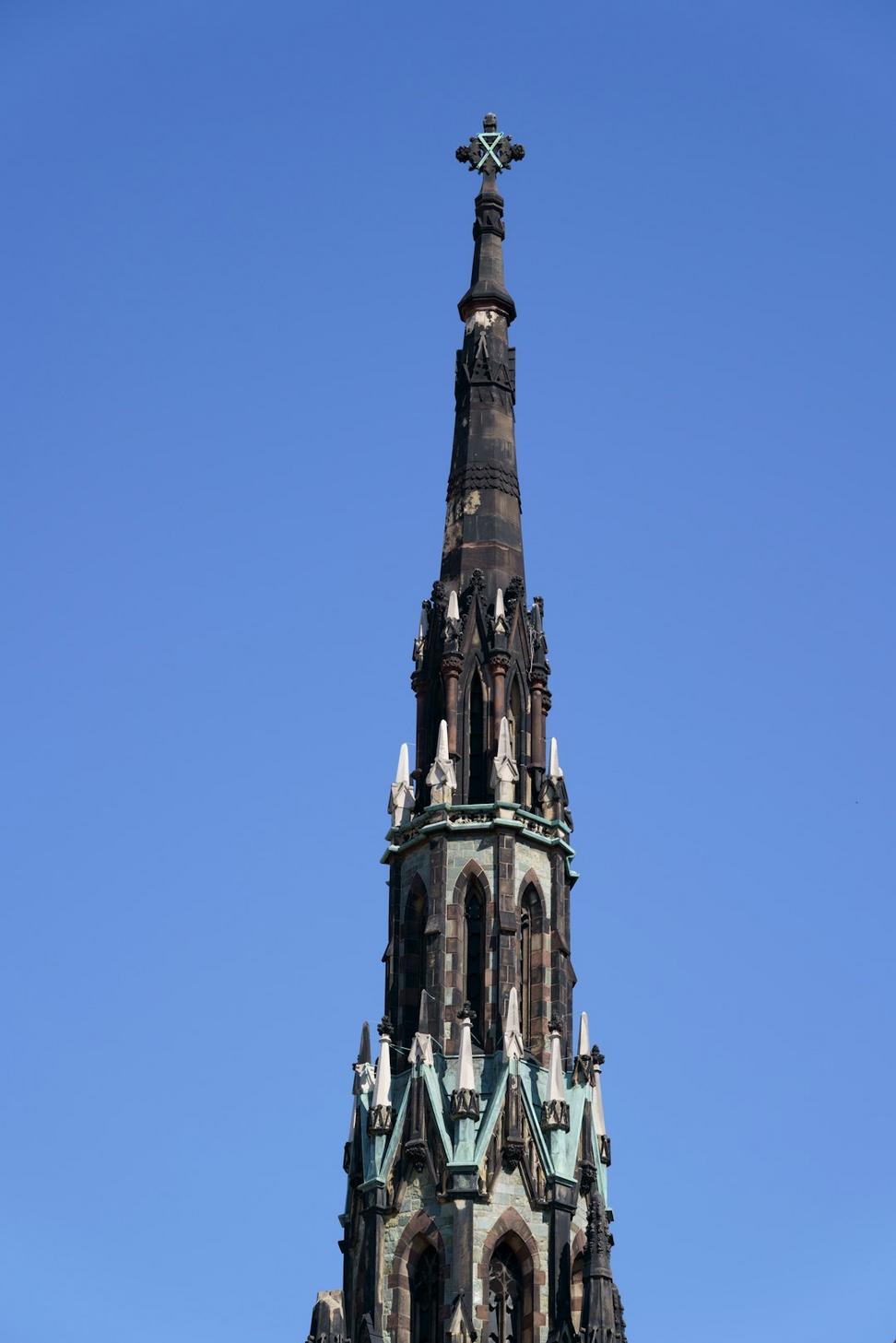
Gothic Revival
Where medieval craftsmanship meets modern engineering
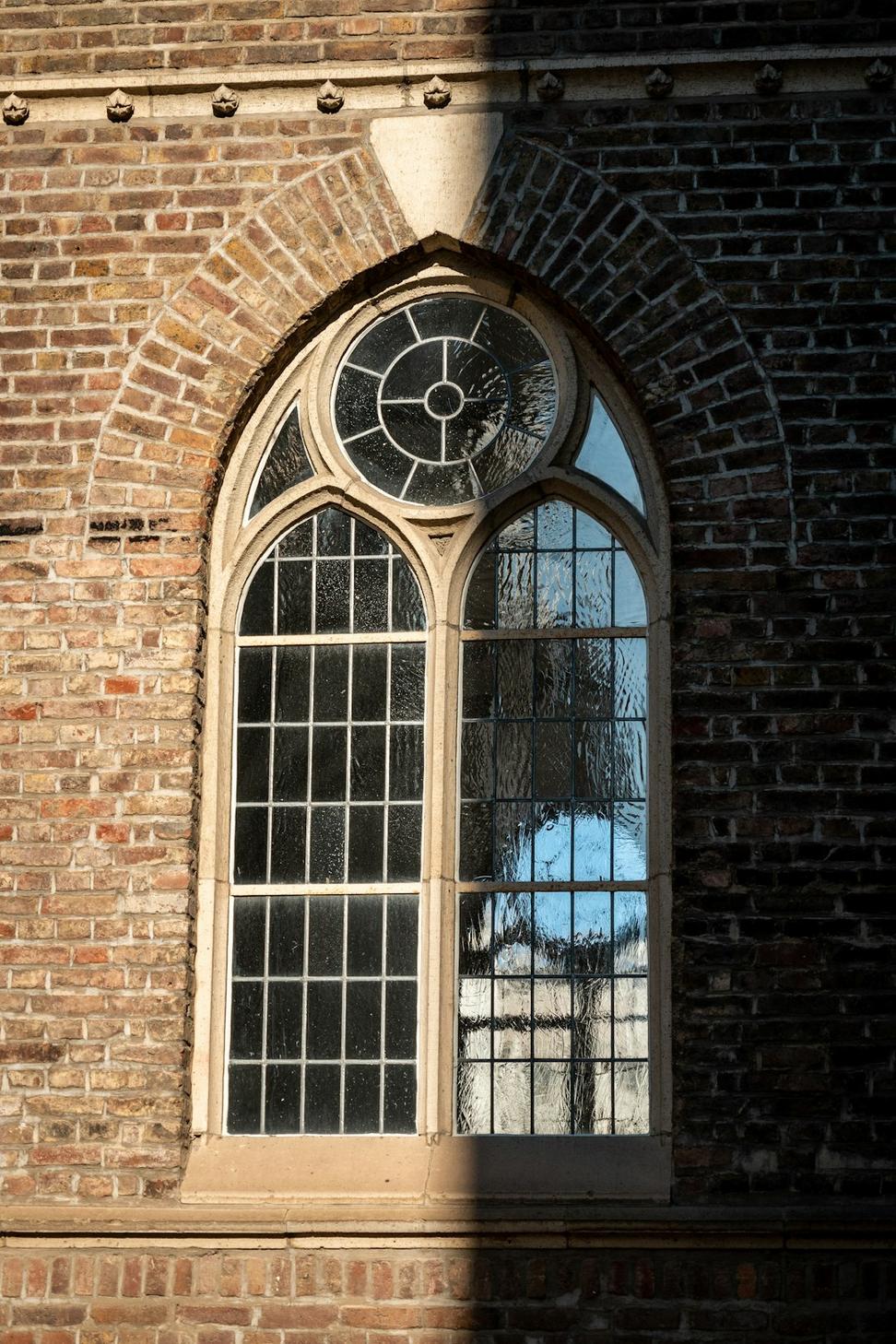
Look, I'll be straight with you - Gothic Revival isn't about slapping some pointed arches on a building and calling it a day. I've spent years studying the cathedrals of Europe, traced the evolution from Romanesque to High Gothic, and honestly? The engineering alone still blows my mind.
When we started Dark Spire Legends back in 2015, everyone thought we were crazy. "Who wants Gothic in 2025?" they'd ask. Turns out, plenty of folks do - they're just tired of sterile glass boxes that all look the same.
What we do here is merge the soul of Gothic design - those soaring vaults, the play of light through stone tracery, the vertical drama - with materials and methods that actually work for modern living. Think radiant floors beneath ancient-looking flagstones, LED lighting hidden in carved corbels, structural steel disguised within limestone columns.
Let's Talk About Your Vision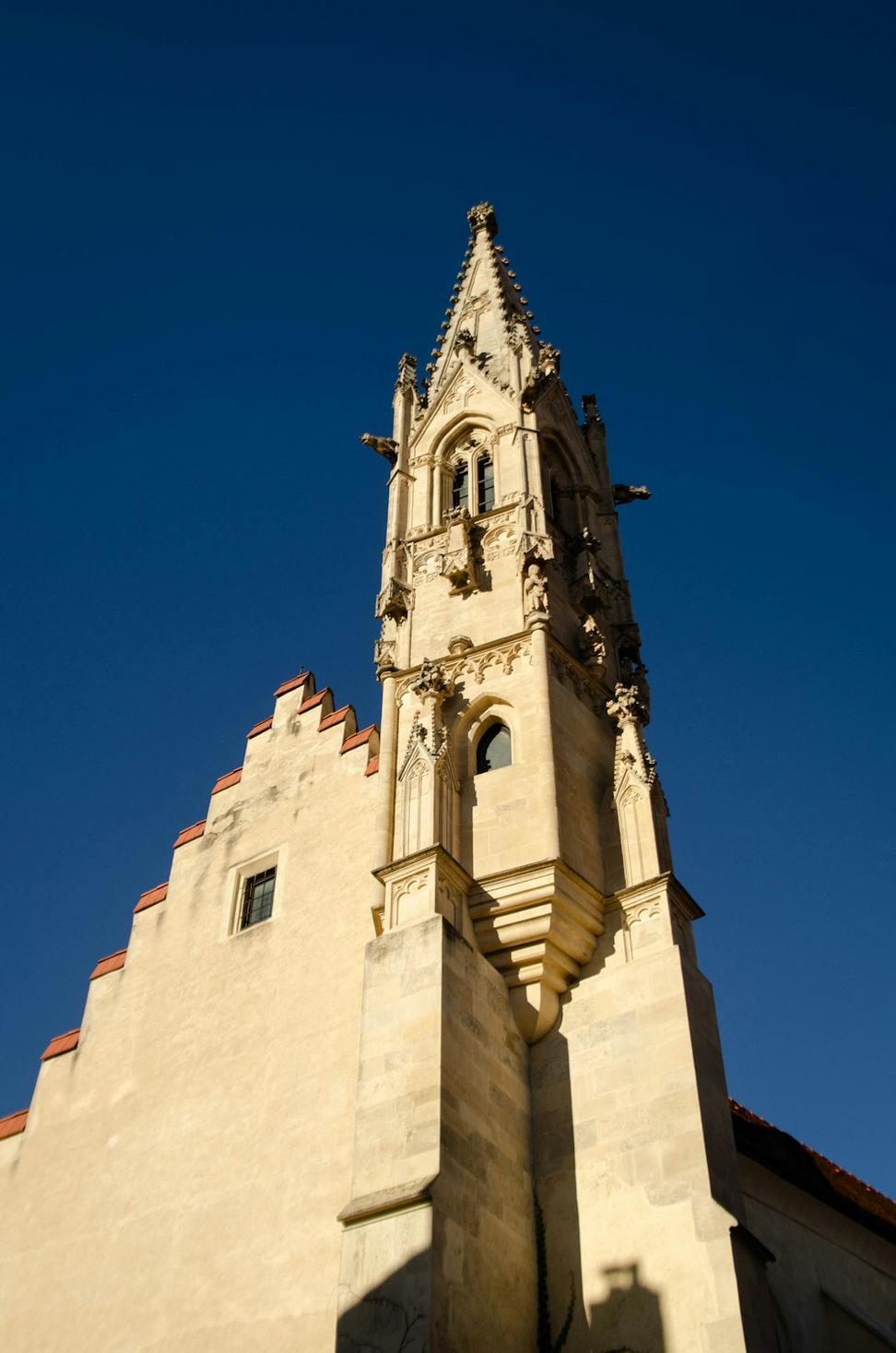
The signature move. They're not just pretty - they distribute weight better than round arches ever could. I've calculated loads on these beauties hundreds of times, and the medieval masons knew what they were doing.
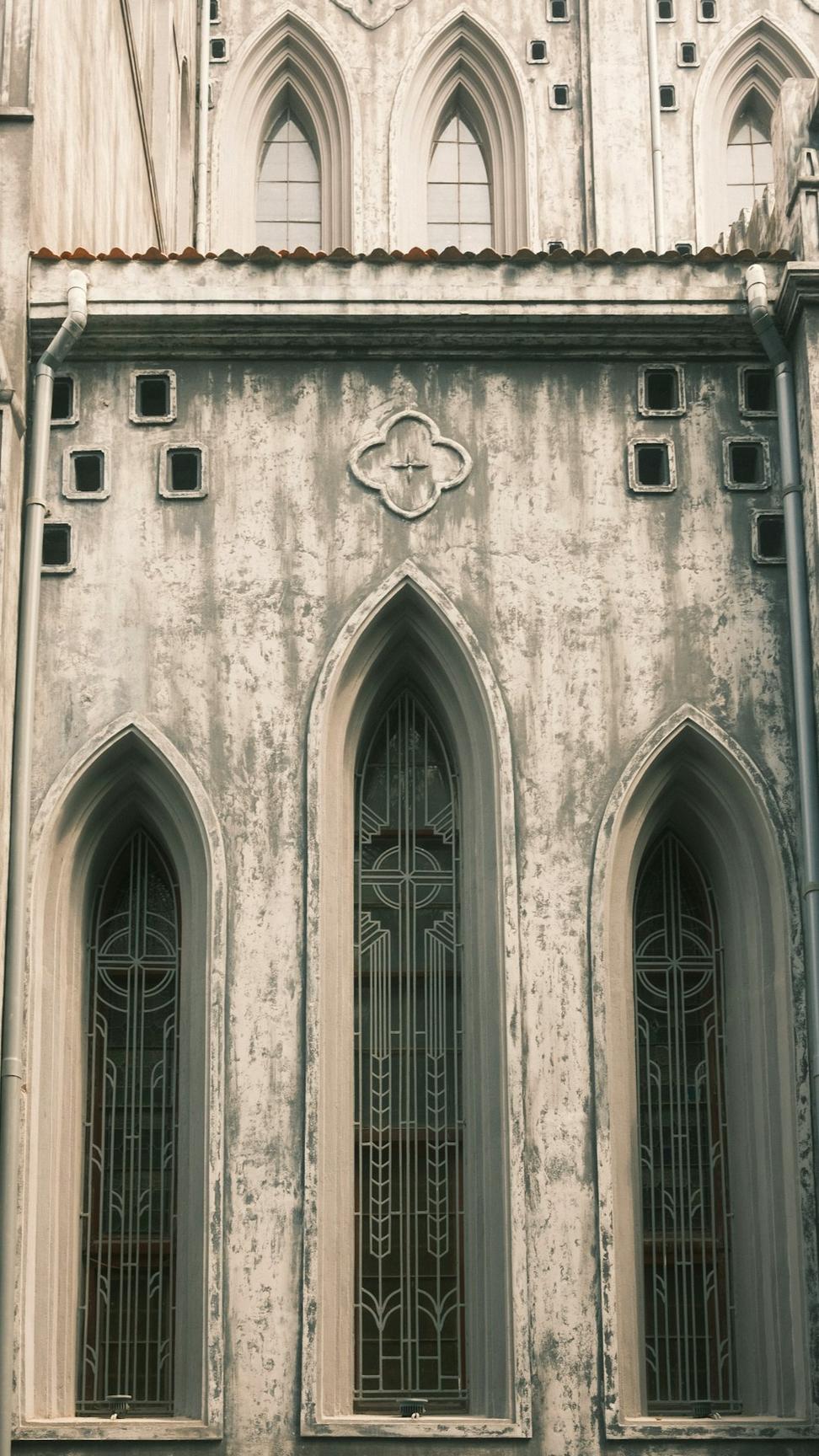
This is where it gets fun. Ribbed vaults let you span huge spaces while keeping the ceiling visually interesting. We've adapted these for everything from private libraries to commercial lobbies.

Yeah, they're dramatic as hell. But they're also brilliant structural solutions that let you build walls that are basically giant windows. Modern materials make 'em even more efficient.
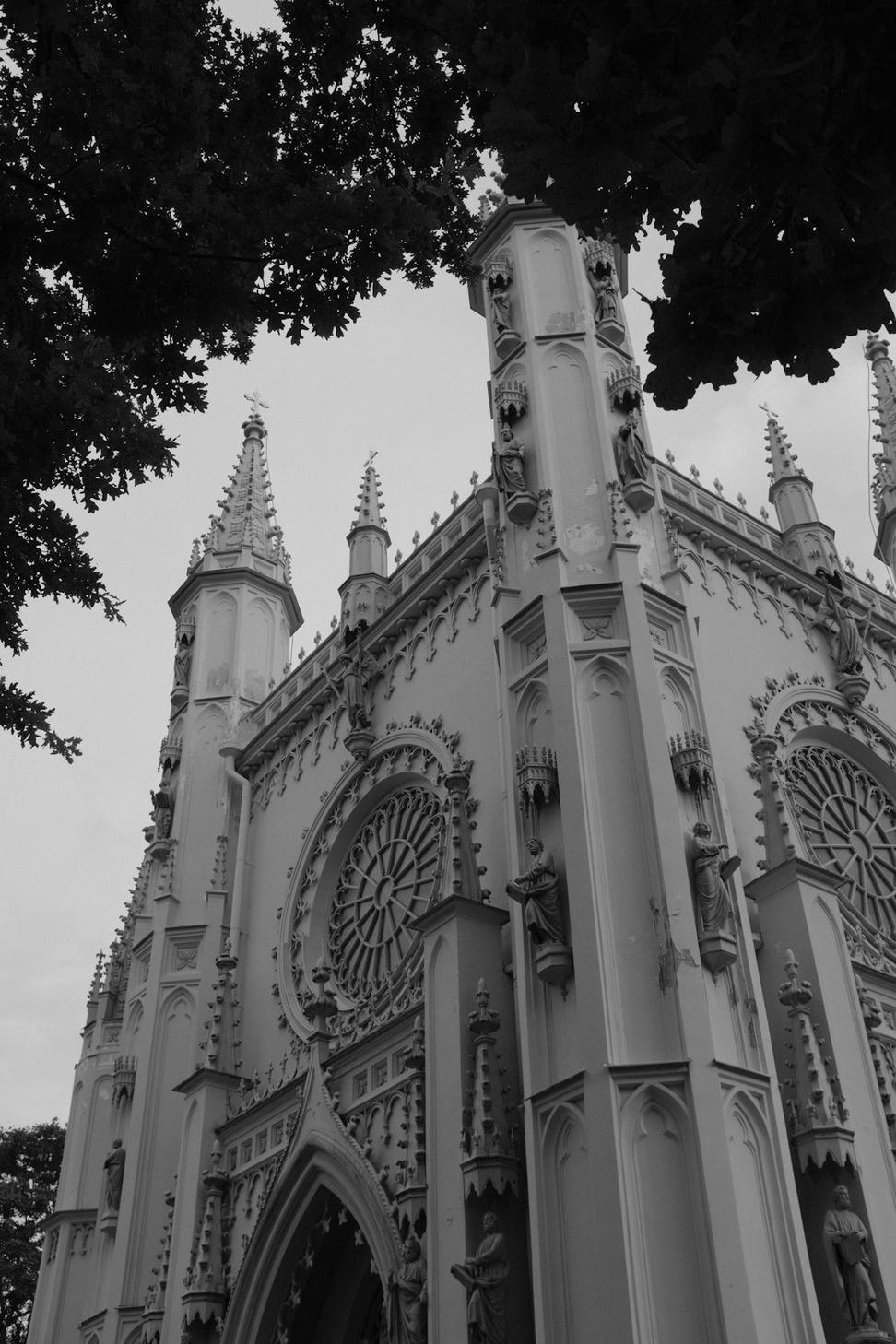
Geometry made stone. I work with glassmakers who can create stained glass that'll outlast all of us, or if that's not your thing, we can do modern interpretations with different materials.
Gothic architecture evolved over centuries, and each period brought something different to the table. We don't play favorites - we borrow from wherever the design calls for it.
This is where it all started in places like Saint-Denis. Thick walls still dominating, but you can see them pushing boundaries. The experimental phase, if you will - lots of trial and error that we've learned from.
The golden age. Chartres, Notre-Dame, Reims - these folks figured it out. Walls became windows, heights got crazy ambitious. This is usually where clients' eyes light up when I'm showing reference images.
Flamboyant style in France, Perpendicular in England. More ornate, more complex tracery. Sometimes almost too much decoration, but when you nail it? Absolute showstopper.
Here's where we get to have some real fun. I'm not interested in building museum pieces - though we do restoration work too, and that's its own challenge. What gets me excited is taking Gothic principles and letting them breathe in 2025.
Last year we did this residential project in Forest Hill - the clients wanted something that felt ancient but lived modern. We used concrete for the structure, clad it in reclaimed limestone, integrated smart home tech throughout. From the street it looks like it's been there for 200 years, but inside? Geothermal heating, triple-pane windows with Gothic muntins, the whole nine yards.
The trick is understanding why Gothic works aesthetically and structurally, then adapting those reasons to contemporary needs. It's problem-solving, not just copying.
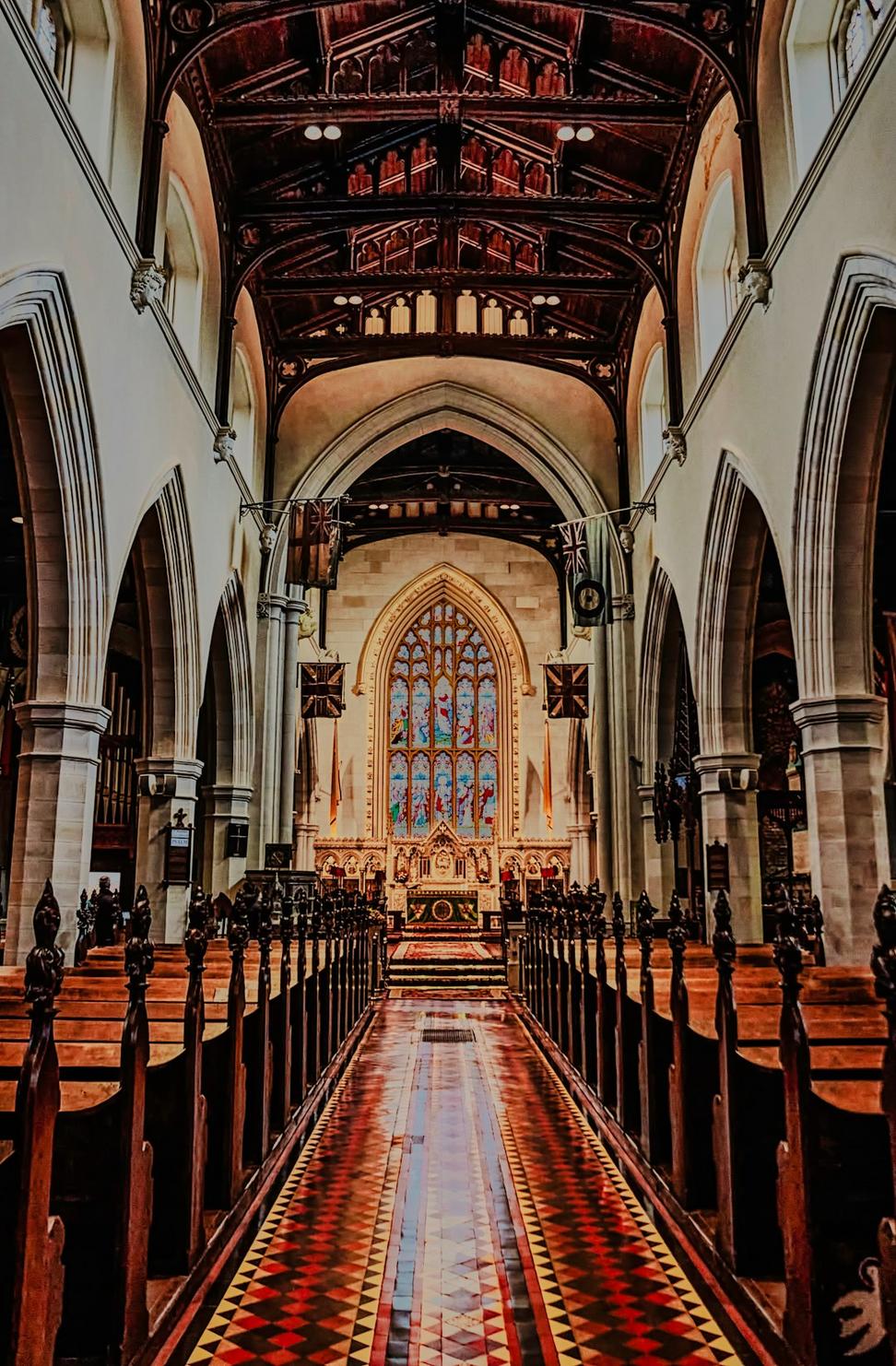
From ground up, designed with Gothic sensibilities but built for today. Residential, commercial, whatever you're dreaming of.
Toronto's got some beautiful old Gothic buildings that need proper care. We know how to work with heritage committees and get it done right.
Got an existing building that needs expanding? We can add Gothic elements that either match what's there or create interesting contrast.
Sometimes you just need someone who knows this stuff to point you in the right direction. Happy to consult on your projects.
The best projects use both - knowing when to go traditional and when modern tech makes more sense.
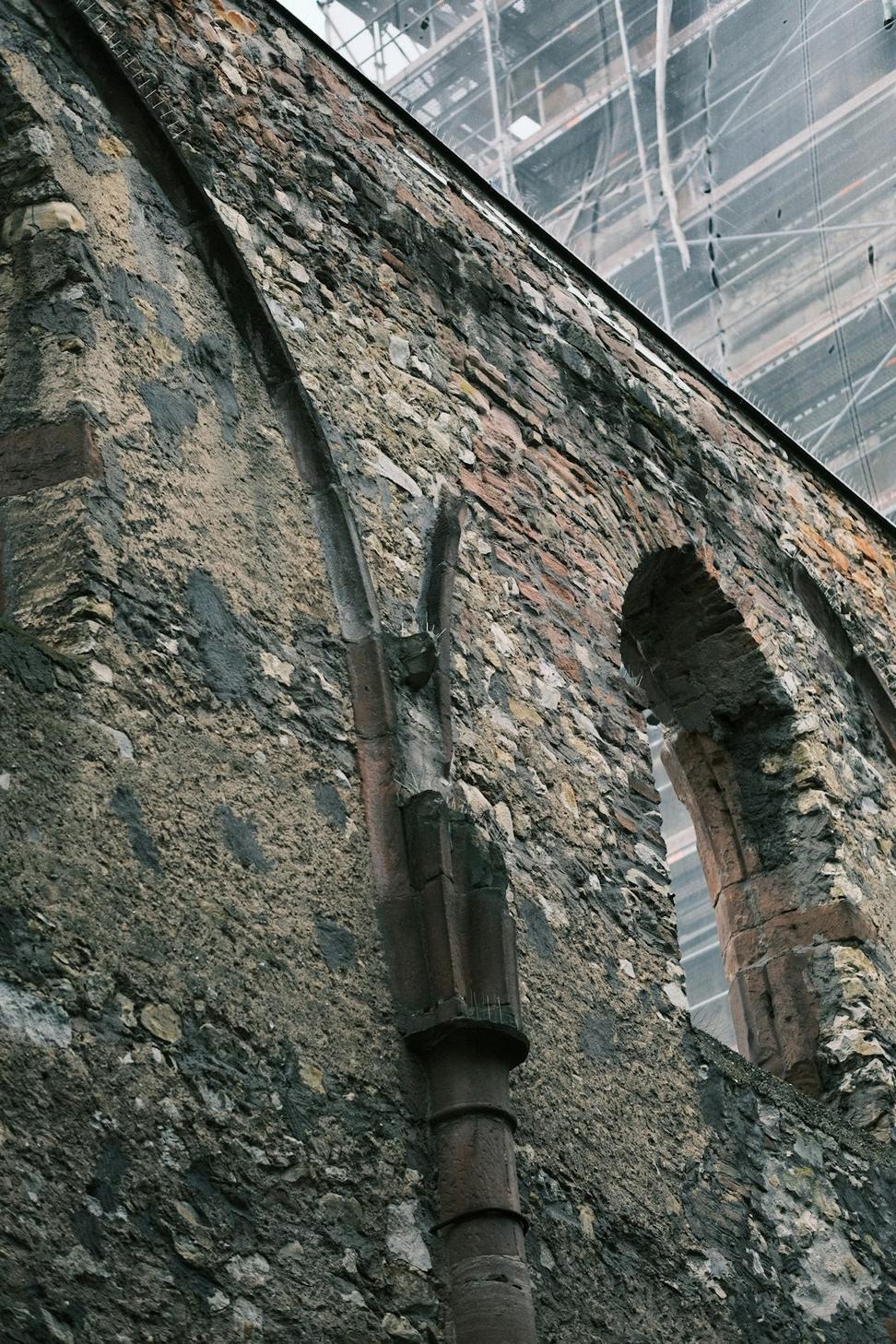
Working on historic Gothic buildings is probably the most humbling thing I do. You're dealing with craftsmanship from artisans who learned their trade over decades, using techniques that aren't even taught anymore.
I spent six months in Montreal working with a master stonemason who'd restored Notre-Dame Basilica. Best education I ever got. You can't fake this stuff - you've gotta understand the original builder's intent, the materials they had available, why they made the choices they did.
Toronto's got some gorgeous 19th-century Gothic Revival churches and civic buildings. Many need work. We approach restoration with serious respect - documenting everything, sourcing period-appropriate materials when possible, and yeah, sometimes integrating modern solutions when it's necessary for structural integrity or building codes.
It's detective work, engineering, art, and history all rolled into one. Takes longer, costs more, but when you bring a 150-year-old building back to life? Nothing beats that feeling.
Whether you're thinking new construction, restoration, or just want to explore what's possible with Gothic Revival architecture, let's talk. I'm always up for coffee and sketching out ideas.
Fair warning though - once you start diving into Gothic design, it's hard to stop. This stuff gets addictive. You'll start noticing buttresses and tracery everywhere you go.